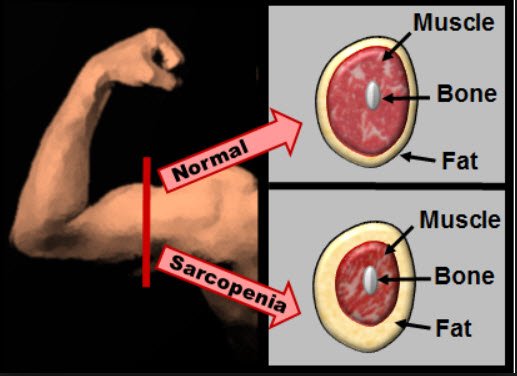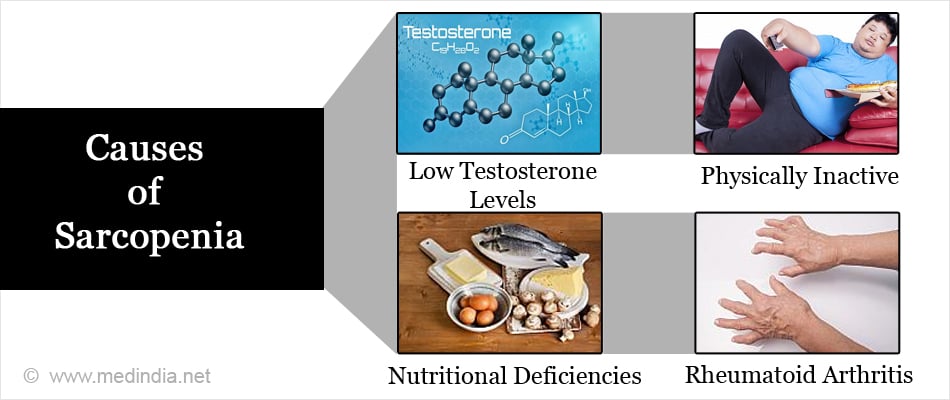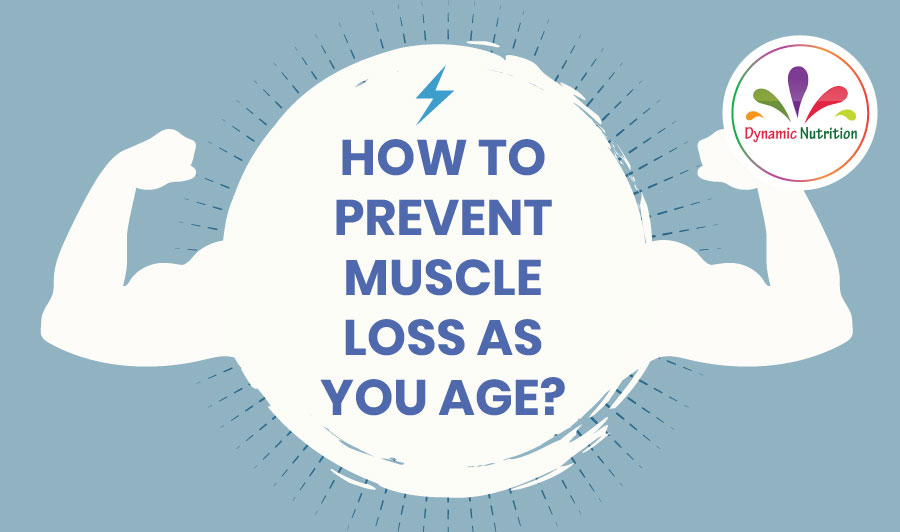Sarcopenia: Recognizing the Signs and Taking Action
"Sarcopenia is a significant public health issue because it can lead to falls, fractures, functional decline, and loss of independence. It is important for healthcare providers to screen and assess individuals for sarcopenia to prevent or delay adverse health outcomes." - American Geriatrics Society
Sarcopenia is a condition characterized by the progressive loss of muscle mass, strength, and function that occurs with aging. According to the European Working Group on Sarcopenia in Older People, sarcopenia is defined as "a syndrome characterized by progressive and generalized loss of skeletal muscle mass and strength with a risk of adverse outcomes such as physical disability, poor quality of life and death" (Cruz-Jentoft et al., 2010). It is estimated that sarcopenia affects around 10-25% of older adults aged 60 and above (Cruz-Jentoft et al., 2019).
"Sarcopenia
can lead to increased healthcare costs and reduced quality of life for
individuals. It is important for healthcare providers to recognize and manage
sarcopenia in their patients to improve health outcomes and prevent adverse
events." - European Working Group on Sarcopenia
In Singapore, where the population is rapidly aging, sarcopenia is a significant public health issue. According to a study published in the Journal of Cachexia, Sarcopenia and Muscle, the prevalence of sarcopenia in Singaporeans aged 60 years and above is estimated to be as high as 25%. This is particularly concerning given that sarcopenia can increase the risk of falls, disability, and mortality in older adults. A recent Yishun Study estimated the prevalence to be about 30% for Singaporeans aged 60 years and above.
Despite its prevalence, sarcopenia is often under-recognized and undertreated. Many older adults mistakenly believe that muscle loss is an inevitable part of aging, but this is not necessarily true. With proper prevention and management, it is possible to slow the progression of sarcopenia and maintain muscle mass and function well into old age.
In this
article, we will explore the causes, symptoms, and prevention and management
strategies for sarcopenia. By understanding this condition and taking proactive
steps to prevent it, older adults can continue to live active and independent
lives.
Causes and
Risk Factors
The primary cause of sarcopenia is age-related changes in muscle mass and function, which can be exacerbated by various lifestyle and medical factors. As we age, the amount of muscle tissue in our body decreases, and the remaining muscle tissue becomes less efficient at converting nutrients into energy.
This can lead to decreased muscle strength, endurance, and mobility. In addition, factors such as physical inactivity, poor diet, chronic diseases (e.g., diabetes, cancer, heart disease), hormone imbalances (e.g., low testosterone, growth hormone deficiency), and certain medications (e.g., glucocorticoids) can contribute to sarcopenia (Beaudart et al., 2019).
"The
decline of muscle mass and strength is a key feature of aging, but it can be
slowed or reversed with exercise and nutrition interventions. It is important
for individuals to engage in regular physical activity and consume a balanced
diet to maintain muscle health and prevent sarcopenia." - International
Osteoporosis Foundation
Symptoms and Diagnosis
The
symptoms of sarcopenia can be subtle and develop gradually over time. Some of
the most common signs and symptoms of sarcopenia include:
Reduced
muscle mass: This is the hallmark symptom of sarcopenia. As muscle mass
decreases, it can become harder to complete tasks that require physical
strength, such as climbing stairs or carrying groceries.
Reduced strength and endurance: As muscle mass declines, strength and endurance also decrease. This can make it harder to engage in physical activity and lead to feelings of fatigue and weakness.
Poor
balance and coordination: Sarcopenia can affect the muscles used for balance
and coordination, increasing the risk of falls and injuries.
Slow walking speed: People with sarcopenia may walk slower than usual and have difficulty keeping up with others.
In addition to these tests, some doctors may use specific screening tools, such as the SARC-F questionnaire, which includes questions about strength, assistance with walking, rising from a chair, climbing stairs, and falls. This tool is quick and easy to administer and can help identify people who are at risk of sarcopenia.
Prevention
and Management
Fortunately, there are several steps you can take to prevent and manage sarcopenia. Lifestyle changes, such as exercising regularly and maintaining a healthy diet, are crucial.
"Sarcopenia is not just an age-related phenomenon. It can affect individuals of any age who are inactive or have poor nutrition. Resistance exercise and protein supplementation are effective interventions to improve muscle mass and function in individuals with sarcopenia." - Journal of Cachexia, Sarcopenia and Muscle
Exercise: Resistance training is the most effective type of exercise for preventing and managing sarcopenia. According to a study published in the Journal of Aging Research, resistance training increases muscle mass, strength, and power in older adults, all of which can help prevent sarcopenia. Additionally, incorporating aerobic exercise, such as walking, running, or cycling, can also benefit muscle health.
Diet: Proper nutrition is also essential for maintaining muscle mass and strength. According to the International Osteoporosis Foundation, a diet high in protein, specifically leucine, is essential for muscle health. Foods such as lean meats, fish, eggs, and dairy products are excellent sources of protein. In addition, consuming fruits and vegetables, which are high in antioxidants, can also help prevent muscle damage.
References:
Beaudart,
C., et al. (2019). Sarcopenia: burden and challenges for public health.
Archives of Public Health, 77(1), 59.
Cruz-Jentoft,
A.J., et al. (2010). Sarcopenia: European consensus on definition and
diagnosis. Age and Ageing, 39(4), 412-423.
Cruz-Jentoft,
A.J., et al. (2019). Sarcopenia: revised European consensus on definition and
diagnosis. Age and Ageing, 48(1), 16-31.
Peterson,
M.D., et al. (2010). Resistance exercise for muscular strength in older adults:
a meta-analysis. Ageing Research Reviews, 9(3), 226-237.















Comments
Post a Comment